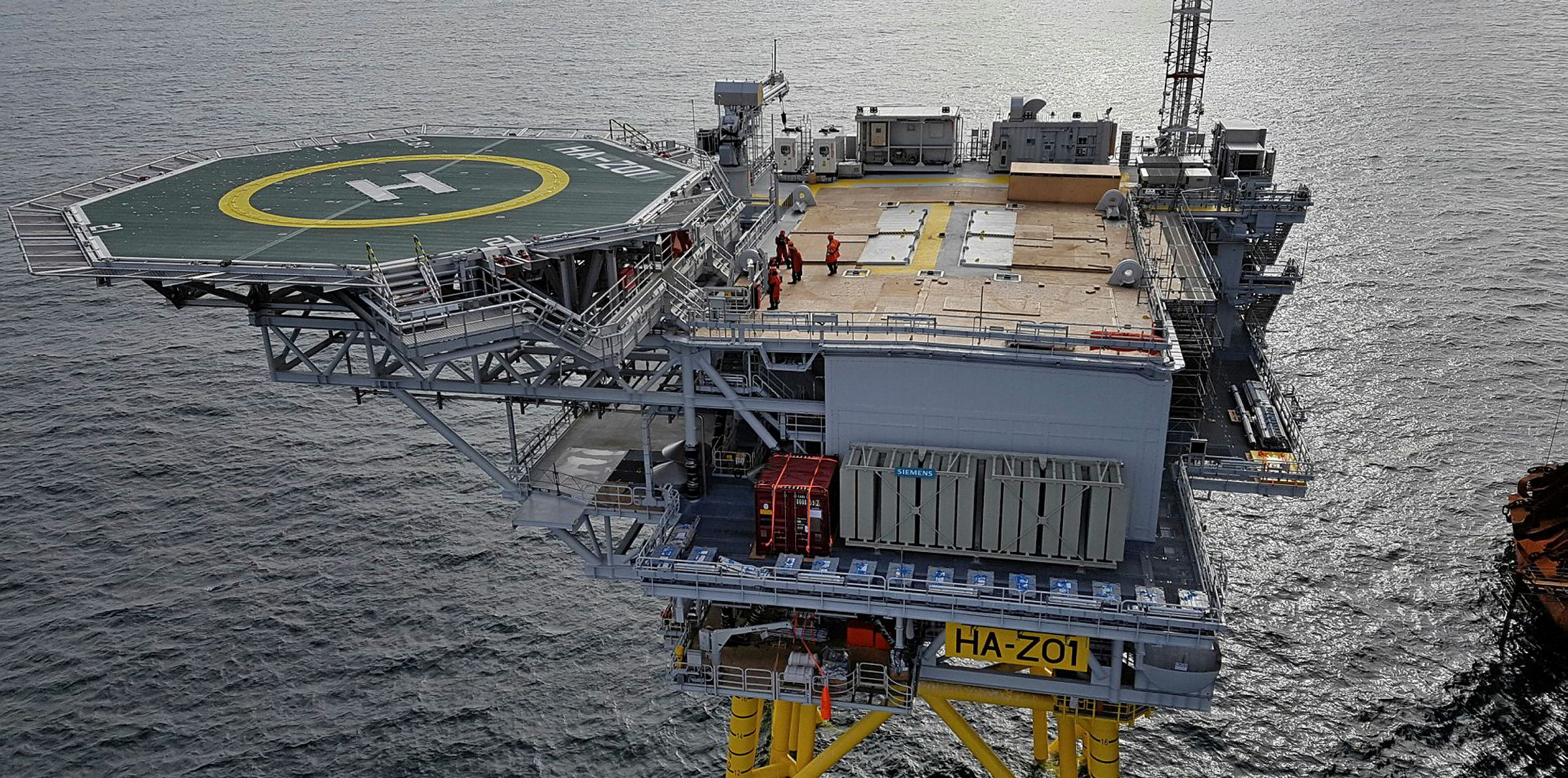The industry’s first offshore reactive compensation station (RCS) – a key technology for the long-distance transmission of high voltage alternating current (HVAC) – has been installed at the Hornsea 1 wind farm under development by Orsted in the UK North Sea.
The facility, made up of a 2,500-tonne topside and 1,500-tonne jacket, has been piled in roughly halfway between the 1.2GW

